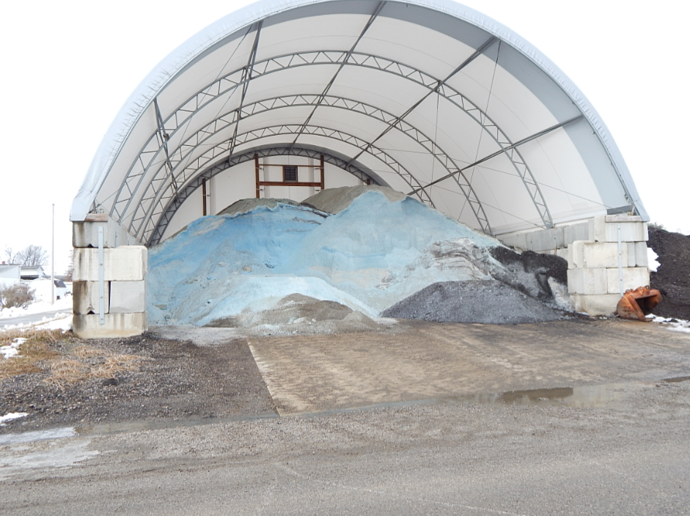
Bracing for the effects of significant snowfall is a critical responsibility of every facility manager. This doesn’t just include how to best prepare the property physically, but also monetarily. Here are six insurance lessons learned from the 2014-2015 season.
Make Sure Your Plowing Contractor is Adequately Insured
The record snowfall last season caught many facility managers by surprise. In some areas, a shortage of snow removal contractors delayed clearing of parking lots. In addition, insurance rates for snow removal have gone up 20% in recent years, and some contractors have had a hard time finding insurance. Start early in the season to enlist your contractor so you aren’t left with poor choices of underinsured professionals.
Pay Close Attention to Your Rooftops
Keeping up with maintenance around your facility is a challenge when snowstorms come back-to-back, but allowing snow and ice to build up can cause catastrophic damage to your building. Last year, Boston’s record snowfall resulted in a ten-time increase in insurance claims from ice dams and roof collapses. Make sure to have a plan in place to remove ice from gutters and rooftops before it becomes insurmountable. By the time you call in a roofing company, it might be too late.
Check Your Facility’s Policy on Damage Caused by Frozen Pipes
Last year’s frigid temperatures resulted in many frozen and burst pipes. The damage from such an incident can be significant, especially if the burst pipe is hidden behind a wall, ceiling, or floor. Many policies will not cover such losses if the damage was due to negligent maintenance. Ensure your pipes are properly insulated to satisfy an insurance adjuster in the event a claim is made.
Consider Business Interruption Insurance
Facility managers strive to keep their organizations up and running through even the worst of storms, but occasionally, business has to come to a halt when a massive snowfall or power outage makes it impossible to continue. If your facility is in an area prone to the kind of blizzards that plagued northern regions in 2014-2015, consider adding business interruption insurance to your commercial property policy to cover lost revenue, utility expenses, and the cost of operating from a temporary location.
Be Ready for an Early Winter
Most of us would never think of winter starting just after Halloween, but last year a winter storm took Bangor, Maine by surprise in the first few days of November. The storm brought a foot of snow and power outages affected 140,000 people. For this reason, it’s essential to make sure any winter damage insurance policy is in place and effective as early as possible in the season. Try for November 1 to be safe.
File Early to Get a Prompt Payout
A large number of claims after a particularly robust winter season can mean a long time for claims to be settled. If you consider that homeowner claims, which tend to be simpler than those of organizations, can extend into late March, you can see how settling a claim for your facility may take much longer. For this reason, it’s important to file claims early and have a procedure in place should an incident occur that needs reporting. This will help insure your facility gets reimbursed in a timely manner.
Last year’s snowfall made it clear that insurance claims can be costly and complicated to process. While you can’t prevent all the effects of winter, you can cut down on the number of claims from your facility by taking steps to prevent injury, and take the above lessons to heart when preparing your insurance policy this year.

